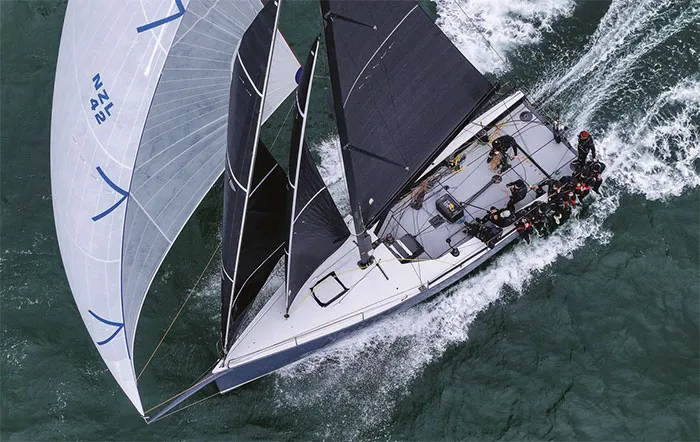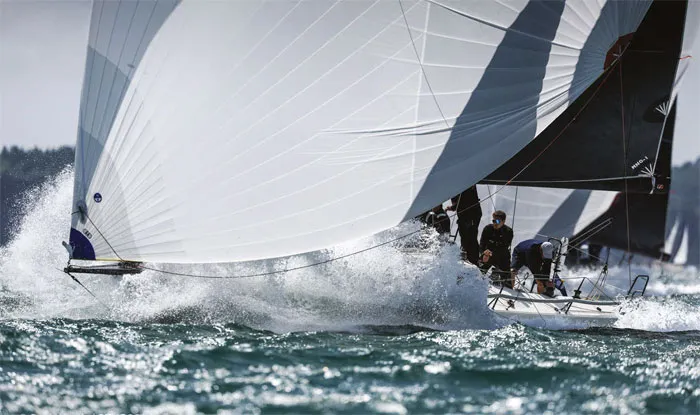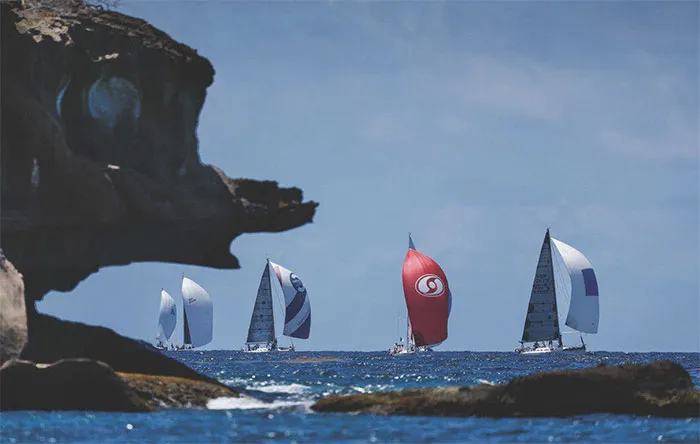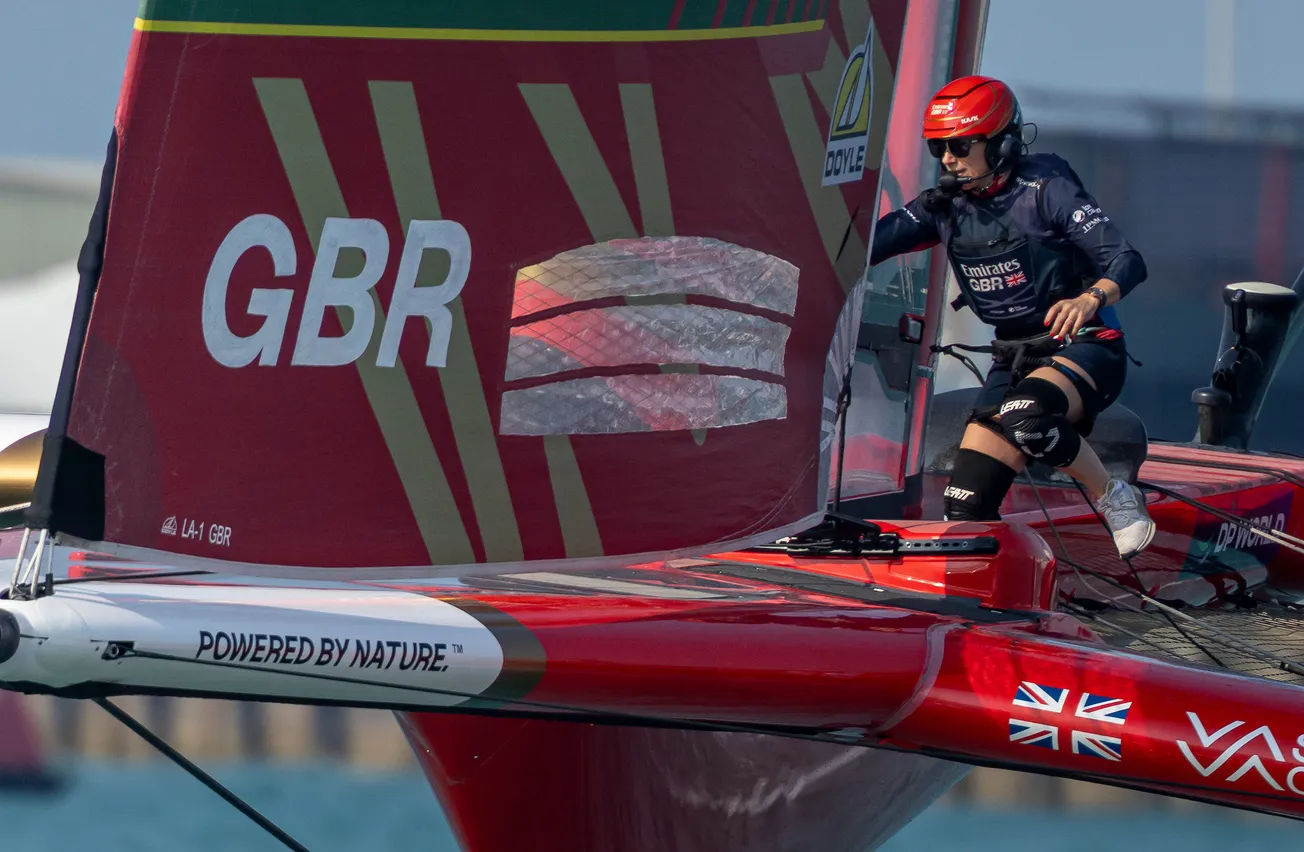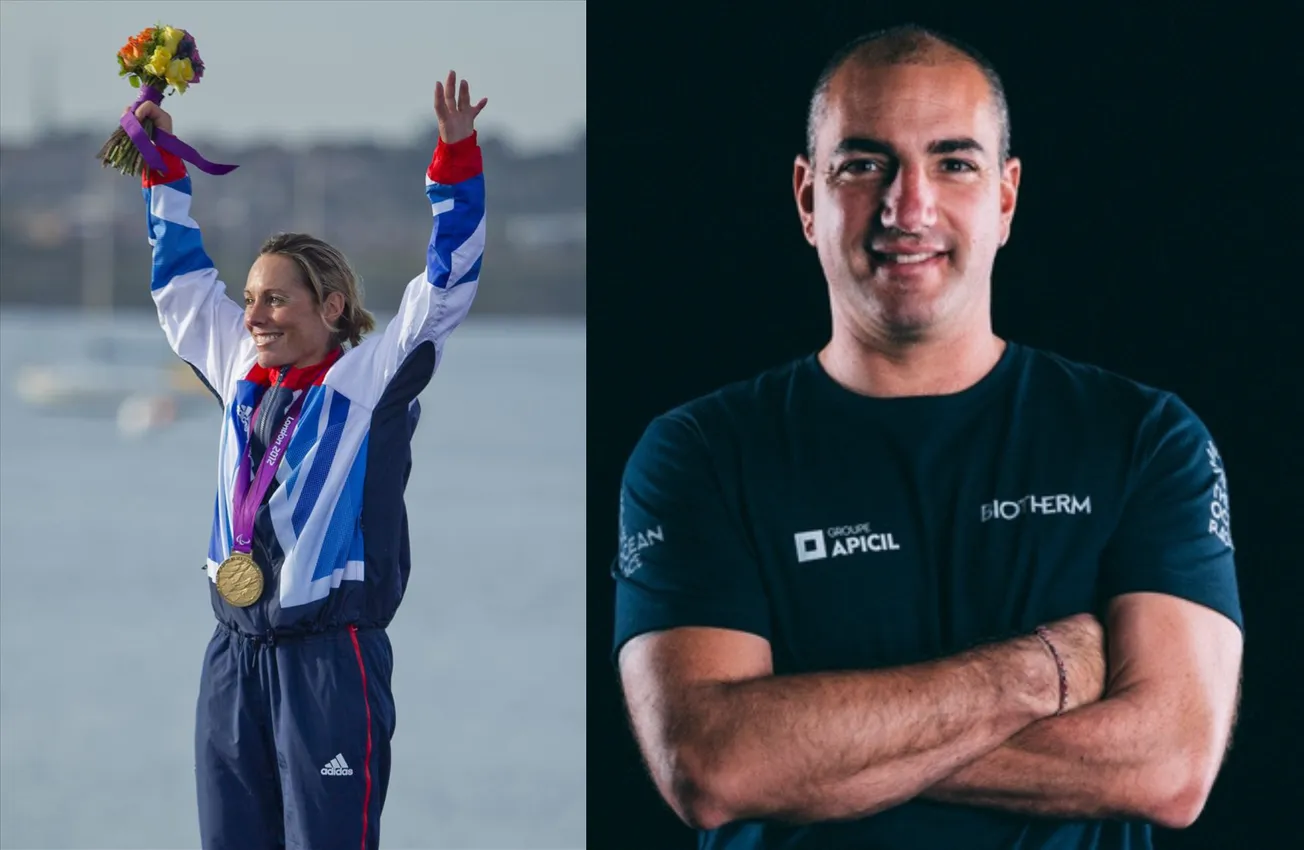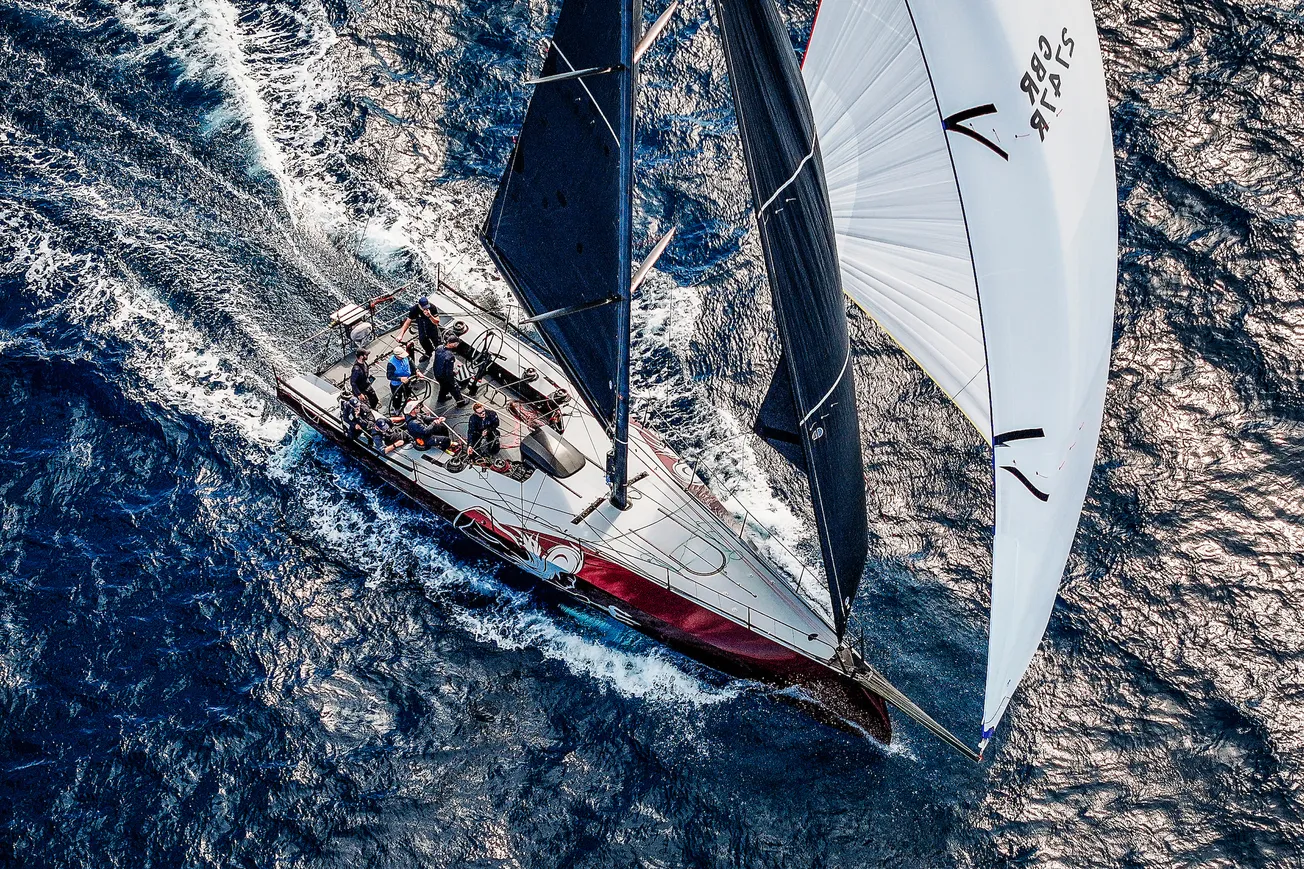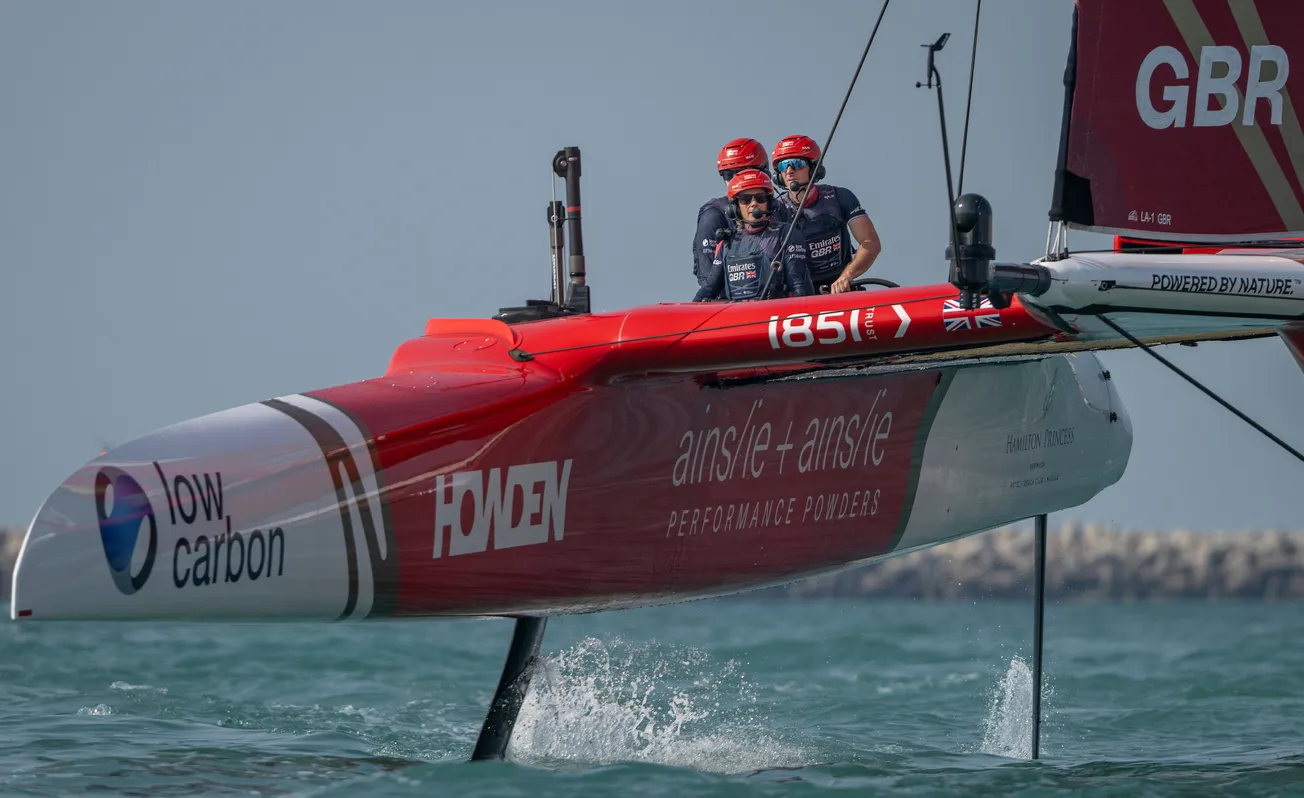


With Doyle Sails’ realignment within the North Technology Group (NTG) of companies now approaching its first anniversary, the benefits are manifesting themselves across a number of key areas.
For the company – and for the wider market – the most important aspect of the new arrangement is that the benefits have not come at a cost to the Doyle Sails identity, values and essential DNA.
When the deal was finalised last year, NTG and its three sailmaking brands – North Sails, Quantum and Doyle Sails – made an absolute commitment to retaining competition and brand separation between the rival companies.
‘That is vital,’ Doyle Sails president Mike Sanderson insists. ‘There can be no question about relaxing and getting complacent under this new structure. We all need to keep the market competitive, continue the brands pushing each other to improve their products and customer service, while in the background they can become more efficient through scale and synergies.’
After the Christmas break, the Doyle Sails leadership team spent time taking stock of its DNA and recommitting to preserving it into the future. ‘We looked at what was unique about us, what we had done well in the past and what was of value to our clients and their programmes,’ says Sanderson. ‘We are determined to ensure that none of that gets diluted.’
If anything, being relieved of much of the business management burden has allowed the three previous owners – Sanderson, David Duff and Richard Bouzaid – to refocus their energies back to their core business and strengths.
‘The biggest change under the NTG umbrella and the aspect that is the most exciting is that the three of us have been able to go back to driving innovation, relentless product development, making fast sails for our clients and participating in top level race programmes,’ says Sanderson.
‘For me especially, far too much time under the previous structure was being devoted to lease contracts, bank covenants, guarantors and things that I was never an expert at. I enjoyed learning about all those elements, but there are way smarter people than me at taking care of the business and management side.
‘When I started at Doyle Sails in 2012,’ he continues, ‘my focus on developing the product and the brand was 100 per cent. In the leadup to this new relationship with NTG, that focus had dropped to about 40 per cent, which means 60 per cent of my energy was taken up with things I was never really an expert at.
‘This new arrangement frees me and the other former owners to do the stuff we all enjoy, which is making boats go faster, helping programmes achieve better results and constantly developing our products.
‘From that point of view, it has been an absolute game changer. Just the fact that we can fully concentrate 100 per cent on the things we are actually good at is huge for Doyle Sails and for our customers.’
Between a broken hip and the above-mentioned distraction of running a growing company, Sanderson’s grand prix sailing through most of last year was significantly reduced. Now, fully fit and liberated from much of the day-to-day management, he is raring to go with a busy slate of racing commitments through the northern hemisphere summer.
Somewhat to his own surprise, he even finds himself excited about starting the summer programme by competing in the revitalised Admiral’s Cup in a 42-footer. ‘The last Fastnet Race I did was about 10 years ago with the Maxi 72 Bella Mente,’ he laughs. ‘The smallest boat I ever sailed in the Fastnet was a Whitbread 60, so this one is going to be interesting.’
The two New Zealand Admiral’s Cup boats are Max Klink’s polished Botin 52, Caro, and James Murray’s Callisto, which started life as a GP42 before being extensively modified and campaigned by Peter Morton as a Fast 40. Under the current ownership, the yacht has been through another major refit with new appendages, including twin rudders, a new rig and a full wardrobe of Doyle Sails.
‘We used a lot of the R&D data from Bella Mente and we are pretty excited about where the boat has landed,’ says Sanderson. ‘We are going to be up against a couple of new boats, so the question is whether we have used our age allowance well enough to get ahead of the curve.’
Towards the end of April, he was to join Murray and the crew, which includes Dean Barker, James Dagg, Jared Henderson, Ben Childerley and navigator Ian Moore, for a shake down and training session in Valencia, followed by another practice session at Cowes a week later.
In a more material sense, the NTG involvement has already paid dividends for Doyle Sails. At the time the deal was struck, NTG CEO Sam Watson confirmed that the Group was committed to injecting capital into Doyle Sails.
‘Mike and the team have brought some ideas to us that we are superenthusiastic about,’ Watson says. ‘Consequently, we have already made additional investments in the business and, absolutely, we will keep doing that.’
At the beginning of April, Doyle Sails took delivery of new machinery which will bring robotic automation to the manufacture of their Grand Prix Elite Hybrid product. ‘Up to now, the production of Hybrid has been very labour-intensive for us and that obviously comes at an efficiency cost,’ says Sanderson.
‘Hybrid has been going very well for us,’ he confirms. ‘The upwind sails on our Admiral’s Cup boats and also on the Australian boats are all Hybrid. It is proving popular on the TP52s and Maxi 72s as well. Bella Mente, Cannonball and Proteus are all 100 per cent Hybrid for their key working sails and right now we have a new Hybrid mainsail in production for Galateia, a J1 for Leopard 3 and some new sails for Bullitt.”
Sanderson says Hybrid is still going through a steep development curve. ‘The fundamental concept is unchanged, but we have come a long way with it in the past three years. The Hybrid product we have this year is a nice gain on what we had in 2022.’
NTG’s investment in the Hybrid robotic system represents a big financial relief for the previous Doyle Sails owners. ‘We would have had to extend the mortgages on our houses to make that kind of investment before,’ says Sanderson. ‘We actually did that numerous times over the past 15 years, so it is very nice not to have to do it on this occasion.’
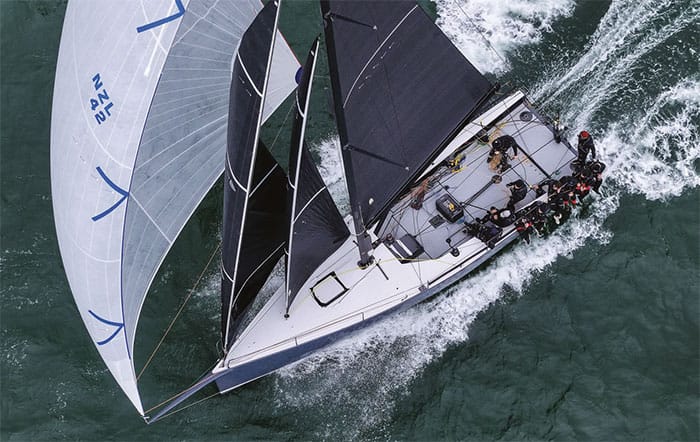
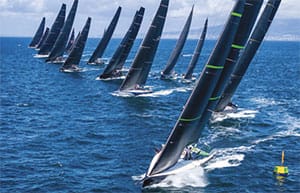
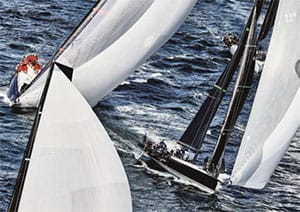
1. The 42ft Callisto is the smaller boat in the New Zealand Admiral’s Cup team for 2025 – and with Doyle Sails’ CEO Mike Sanderson joining the crew, fully optimised sailpower is assured. | 2 & 3 The TP52 fleet has been quick to adopt Doyle Sails’ latest Hybrid fabric and many of the 52s at last year’s Tre Golfi regatta were already using it. .
Reflecting on the first year of the NTG association, Sanderson says it has provided a lot of positives for Doyle Sails. ‘We have had to grow up as an organisation, from an accountability and governance standpoint. In this phase of the company’s size, that is definitely a good thing. It would not have been a good thing for the previous 10 years, when we were pushing hard to grow the company and to expand our market share.’
During that growth period, it was necessary for Doyle Sails to be quick on its feet and quite aggressive. ‘We had to be very brave during that phase,’ Sanderson says. ‘Outsiders looking in and seeing how leveraged we were and how we gambled on big leaps in product design and development probably felt we were a little bold, semi-reckless even.
‘But we believed in what we were doing and always followed the maxim that “fortune favours the brave”. Now it is a good time for Doyle Sails to adopt a more mature and responsible approach and NTG has definitely brought that.’
While the NTG deal was being negotiated, Sanderson leaned heavily on Graham Clarke, who had recently sold his own company to a private equity group and was able to provide invaluable advice and experience.
That role has since formalised to a point where Clarke handles much of the business side to capitalise on the synergies, centralised banking and management systems, logistics and procurement scale that a big conglomerate offers. He reports to Sanderson and to NTG.
‘That brings big benefits from a management point of view and allows us to keep the DNA-specific sailmaking and performance aspects of Doyle Sails totally selfcontained,’ Sanderson explains.
A big part of the Doyle Sails appeal lies in the feisty David vs Goliath fight it has waged to gain respect and market share. When the NTG deal was signed and Doyle Sails was able to share the news with its key clients, Sanderson was relieved at their reaction.
‘Every one of them was very understanding. There was not a single criticism of what we had done,’ he says. ‘I think there was an appreciation of how much our three families had put on the line over the years to make this work.
‘That customer support is a huge motivation for us to keep pushing every aspect of our operation and to keep fighting their corner hard to make sure we do the right thing by them with bespoke, personal attention and always exploring the boundaries of design and leadingedge technology.’


